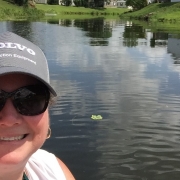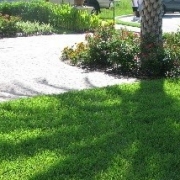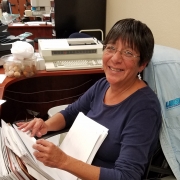2020 Drainage Check-up
 Stormwater drainage/flood control in our area is a shared responsibility. It is achieved through an interconnected, three-tiered drainage system. This system consists of:
Stormwater drainage/flood control in our area is a shared responsibility. It is achieved through an interconnected, three-tiered drainage system. This system consists of:
- Neighborhood drainage systems, or tertiary systems, operated by property owners or residential associations
- Secondary flood control canals operated by the Lake Worth Drainage District (LWDD)
- Primary flood control provided by the South Florida Water Management District (SFWMD)
Neighborhoods systems are designed to retain water in swales and onsite retention ponds. Excess stormwater may be discharged into LWDD canals through control structures with fixed or operable weirs to prevent flooding of property. To be ready for whatever nature sends our way, whether it’s a typical summer rainstorm, a hurricane or drought, a properly working drainage system is imperative.
The dry season for south Florida is approximately November through May, thus January is the ideal time of year for residential communities to conduct inspections of their drainage infrastructure and make any necessary repairs. To ensure you have a well-maintained drainage system, communities should:
- Maintain swale areas with regular mowing
- Clear debris from street drains
- Inspect discharge points/outfalls into LWDD canals
- Have underground drainage pipes inspected every three to five years
- Exercise operable discharge control structures by opening and closing them a few times
- Visually inspect fixed discharge control structures for structural integrity and potential blockages
No drainage system is 100% flood-proof. The most important actions a residential association can take to protect their community from flooding is regular inspection and maintenance of the community’s drainage system. More information on community drainage and flood control can be found on LWDD’s website (Link: www.lwdd.net ).






